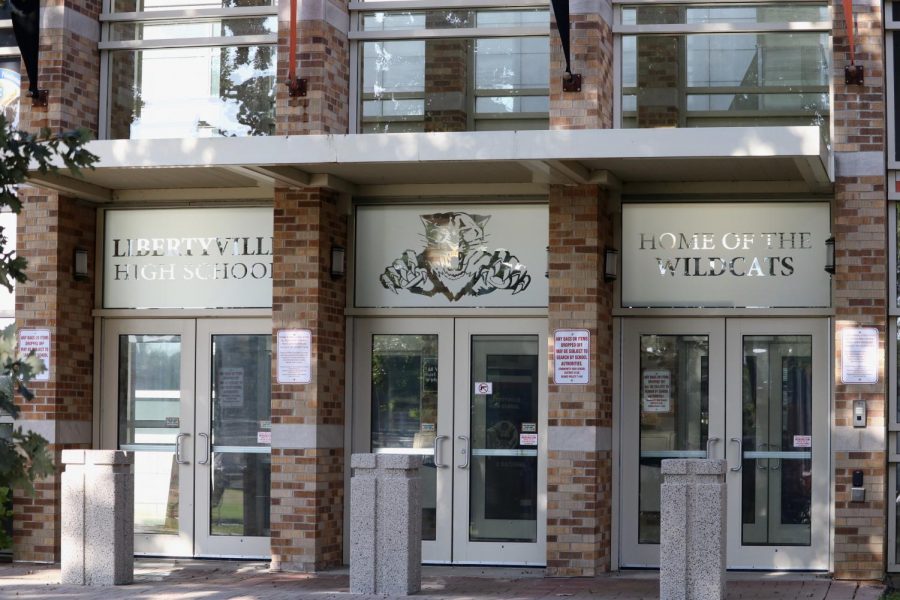Yes to Remote Learning
LHS plans to begin the upcoming school year with remote learning for the safety of students and staff.
A couple weeks ago, the District 128 school board voted in favor of remote learning plans to start the upcoming school year, a decision that was not widely agreed upon among members of the community. Although I would like to be with my friends and classmates, I agree that remote learning is the safest and most effective way to ensure that all students and staff are protected from the coronavirus.
Recent data from the Illinois Public Health Department states that 1,382 new cases of the coronavirus were confirmed on Aug. 9 alone, which brings the total number of cases in Illinois to more than 195,000. Additionally, Illinois’ seven-day positivity rate increased to 4.1 percent on Aug. 3; the previous week, the positivity rate was 3.9 percent. The Northern Suburban Region of the state, which includes McHenry and Lake County, had a positivity rate of 5.5 percent as of Aug. 7 and continues to rise daily.
So how does this data apply to schools? According to the Centers for Disease Control and Prevention, school-aged children suffer far less severe symptoms if they become infected by the virus and death rates are much lower than those of adults. However, evidence suggests children who are infected by the coronavirus are mostly asymptomatic and can easily transmit the disease to other children and adults. This means that children can act as carriers for the virus.
The Journal of the American Medical Association Pediatrics study conducted in Chicago tested and concluded that babies and younger children carry larger amounts of SARS-CoV-2 viral RNA in their throats, 10 to 100 times more than adults. This not only means that high schoolers can transmit the disease, but younger children in daycare and preschool can as well. Teachers with younger children in daycare therefore pose a risk of infection for their students. If our school board decided to resort to hybrid or in-class learning in August, a spike in community transmission would most likely be seen as well as an increase in infection rates.
Another reason why remote learning should be continued is due to the fact that the second spike of infections is still yet to come. In the 1918 influenza pandemic, a mild wave of infections occurred in the spring, but the virus became much more infectious in the fall due to mutation, which ultimately created the second wave. According to Kaiser Health News, evidence suggests that the coronavirus may not be subject to large mutations since it emerged from a different family of viruses than influenza. However, because of America’s population growth since 1918, experts don’t know how the virus will proceed in the following months. Illinois’ reopening plans would also contribute to a greater spike in cases due to fewer social distancing requirements and once fall begins, a possible second wave could increase infection rates.
In a podcast posted on the National Institute of Allergy and Infectious Diseases website on Aug. 3, Dr. Anthony Fauci, the organization’s director, said, “we’re right in the middle of the first wave and we’re having a surging of cases anywhere between 50- to 60,000 cases per day and 1,000 deaths per day. We’ve got to get those numbers down and if we don’t get them down, we’re going to have a really bad situation in the fall.”
As people move indoors due to colder weather, the coronavirus can spread more easily due to aerosolization, tiny particles or droplets in the air, and the recirculation of air, Dr. Fauci concluded.
Although I would like to go back to school in the fall, remote learning is the most practical option for students and teachers. Wearing masks during a seven-hour school day, having desks separated six feet apart and ensuring students follow social distancing guidelines would be unrealistic and difficult to install. Instead, students can learn from the comforts of their own home. Furthermore, school funding can be shifted towards ensuring students and teachers have proper access to online materials and resources so that students can easily get assistance for classes. After all, the health of students and staff matters more than rushing back to school without taking the proper precautions.










